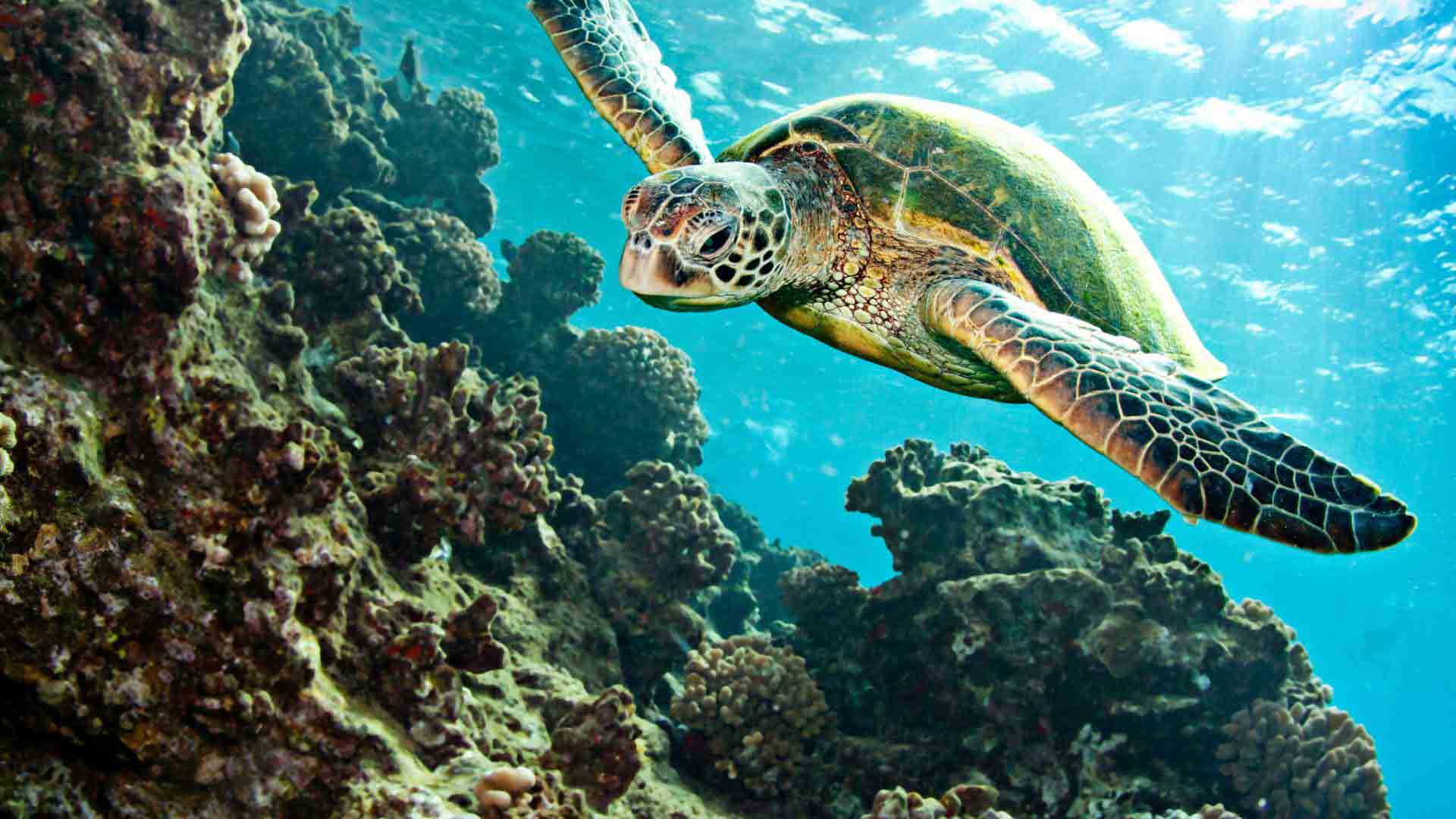Day by day
Map

Preview

Preview

Preview
Cruise Includes
Sailing cruise with daily visits & excursions accompanied by licensed bilingual (english/Spanish) guide.
Accommodation in standard cabin with lower berths, private facilities and complete amenities.
All meals during cruise and some snacks. Drinking water, coffee and tea.
Snorkeling equipment (mask, fins, snorkel) and sea-kayaks.
Transfers within islands and between sites on cruise dates and/to from airport in Galapagos.
Airport assistance on Mainland and in Galapagos and 24/7 Customer Service attention.
Cruise fuel surcharge.
Cruise does not include
Flight tickets from/to Ecuador Mainland (to be added).
Galapagos National Park Entrance Fee $200 per adult & $100 per child under 12 years-old in cash on arrival.
Galapagos mandatory Transit Card $20 in cash on airport (Quito or Guayaquil) before check-in.
Personal expenses, extras, tips and drinks.
Mandatory Insurance: medical, accident and cancelation coverage.
Any other services on Mainland (hotel nights, transfers, tours, others).
Itinerary C
From USD 1959,00
Enquire now
Departure Dates
| Dates | Itinerary | Duration | |
|---|---|---|---|
No data | |||